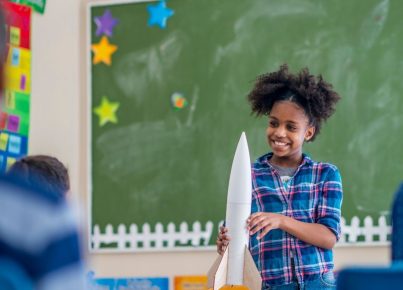Education has always played a pivotal role in human civilization. Through teaching and learning, people acquire knowledge, values, and skills that become building blocks of individual growth and societal progress. As education systems rapidly evolve around the world, it is essential to address the changing landscape of teaching and learning to adapt to new challenges and opportunities.
Firstly, let’s understand the importance of teaching and learning. Teaching is the process of instilling knowledge in students, helping them develop skills and fostering an understanding of concepts. The role of a teacher goes beyond merely being an information provider. Furthermore, learning occurs when students progress from merely absorbing information to actively engaging with it.
In recent years, developments in technology have significantly impacted the way teaching and learning are delivered. Advances in communication platforms facilitate distance learning opportunities, enhancing accessibility for individuals who may have barriers to traditional classroom settings. Digital tools like educational apps and online resources also foster greater collaboration between students who can work on shared projects together, regardless of their physical location.
Moreover, the integration of artificial intelligence (AI) into educational platforms has opened up new possibilities for personalized instruction patterns catering to each student’s unique needs. AI-powered systems can analyze learning patterns and data analytics, allowing educators to offer customized support for individual learners.
Another key trend shaping contemporary education is a shift from standardization towards a focus on student-centered approaches. As our understanding of diverse learning styles increases, educators recognize that one-size-fits-all approaches are no longer effective in accommodating differing learning needs.
Hands-on experiential learning is gaining traction as a meaningful methodology that encourages critical thinking, problem-solving, and creativity. Project-based learning, where students work collaboratively towards a common goal or outcome based on real-world scenarios, fosters teamwork, communication skills, and resilience.
Moreover, the significance of socio-emotional aspects– including emotional intelligence and empathy– have come into focus as essential components of holistic education. Affective pedagogy emphasizes cultivating a nurturing and inclusive environment, addressing students’ mental health and well-being alongside academic engagement.
Professional development for teachers is another significant aspect of enhancing teaching and learning outcomes. To keep up with the rapidly changing demands of the educational landscape, teachers need to be equipped with up-to-date knowledge, skills, and tools. Providing opportunities for professional growth ensures that educators can continue to provide highly effective learning experiences for their students.
In conclusion, the interrelationship between teaching and learning remains at the heart of education systems globally. As society evolves and technology advances, new approaches in pedagogy continue to emerge. By embracing changes in instruction delivery methods, prioritizing student-centered learning, and focusing on holistic education, we can shape the future of education in ways that benefit both learners and educators alike.





